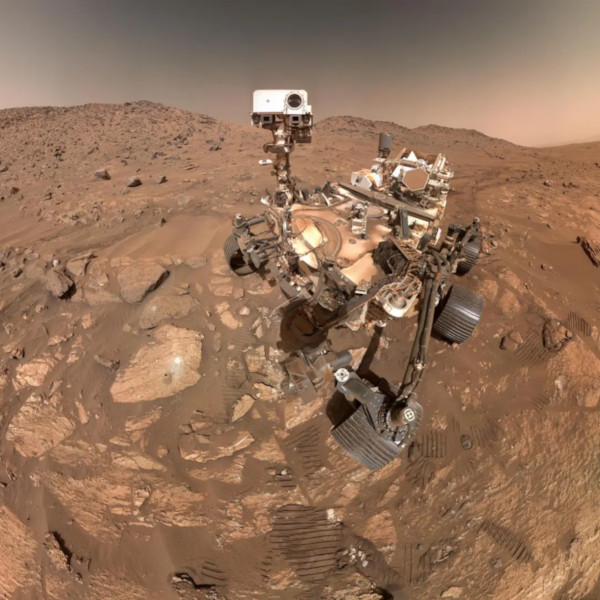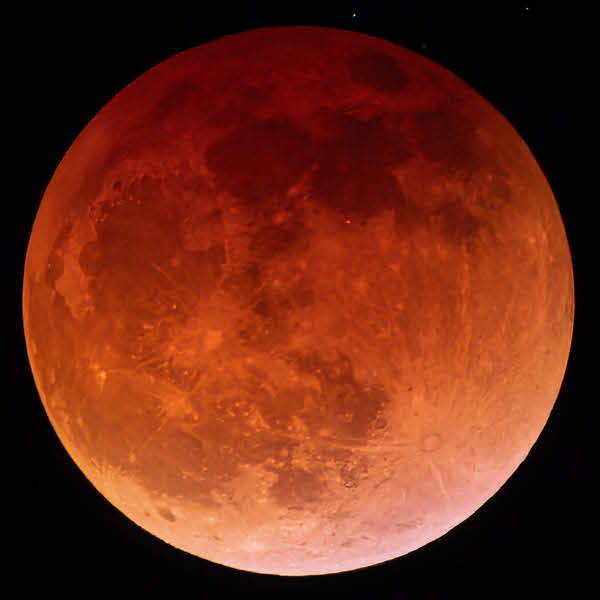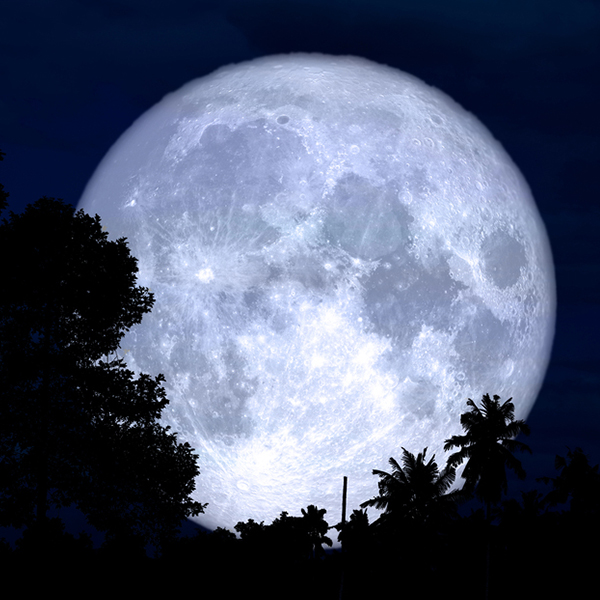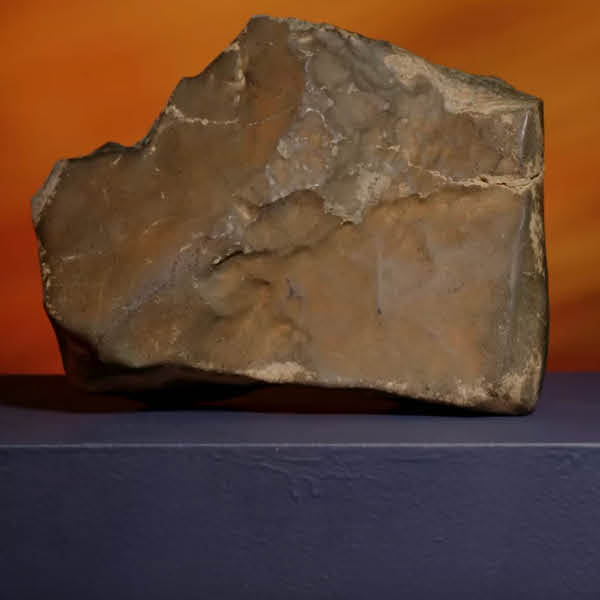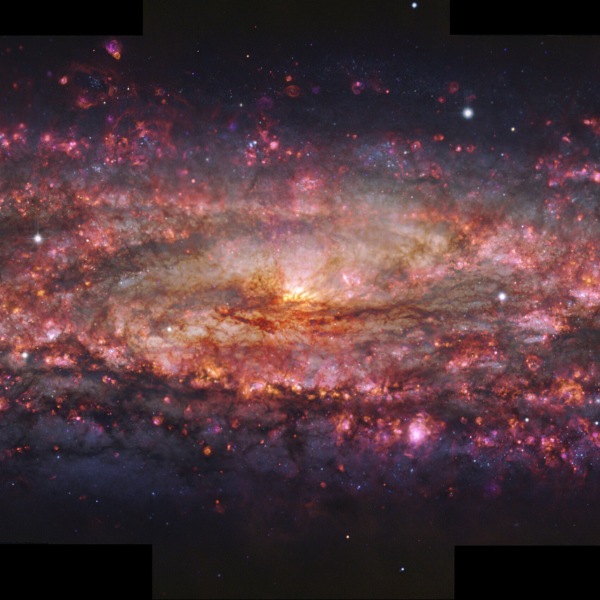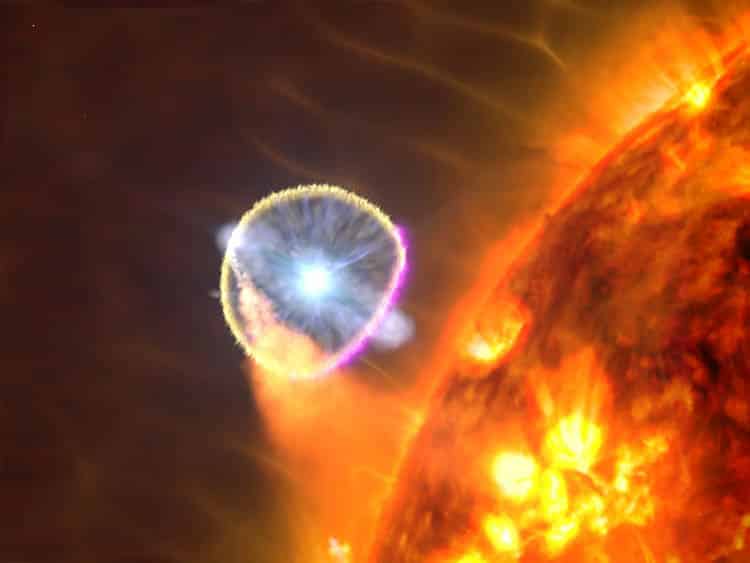
Photo: NASA's Goddard Space Flight Center/S. Wiessinger
Scientists believe we're nearing the reoccurrence of the nova T Coronae Borealis (T CrB), nicknamed the Blaze Star. It's expected before 2026, and based on recent activity, it's likely to brighten the night sky this summer. The explosion happens roughly every 80 years. So unless you're a toddler or a vampire, this is probably your only chance to witness it.
A nova is an event that happens between two stellar bodies that make up a binary star. All binary star systems include a white dwarf, the extremely dense remnants of stars that have already exhausted their fuel. They are so dense they contain the mass of our Sun within the volume of the Earth. In T CrB's case, its white dwarf is in orbit with a red giant, which is a low-density massive star nearing the end of its life before becoming a white dwarf itself.
These two stars circle each other every 228 days with the dense white dwarf pulling off matter from its red giant. As the white dwarf gains more mass, its temperature and pressure steadily increase until the ignition point for hydrogen is met. Then an explosion akin to a thermonuclear bomb going off occurs. The explosion doesn't destroy either of the stars, but it blasts the accretion disc of material the white dwarf had siphoned from the red giant back home to restart the cycle.

Novae typically originate in binary systems containing sun-like stars, as shown in this artist's rendering. A nova in a system like this likely produces gamma rays (magenta) through collisions among multiple shock waves in the rapidly expanding shell of debris. (Photo: NASA's Goddard Space Flight Center/S. Wiessinger)
Scientists aren't sure why the T CrB nova seems to take place every 80 years. It might have something to do with how comparatively large the white dwarf is. They do know, however, that similar to the last two occurrences, T CrB has been growing in brightness since 2015 for seven years. Then for the past year it was dimming in magnitude. This is thought to be a sign that the nova will happen this summer. T CrB is usually too dim for it to be seen in the night sky, but it will be visible to the human eye for a few days to a week when the nova happens.
Along with the February 1946 nova, T CrB was definitely witnessed in 1866. Nineteenth century astronomers were even able to predict that it would return in 80 years from their observations. Impressively, astronomer Bradley Schaeffer has also managed to find two more likely instances of the T CrB in historical archives. In 1787, an English reverend and astronomer, Francis Wollaston, observed nova-like behavior in the same part of the sky that T CrB is.
Even further back, 570 years before Wollaston, a German abbot named Burchard saw a star become much brighter. Schaeffer has ruled out other possible explanations for this bright star suddenly appearing. It was in the wrong region of the sky to have been a visible planet and there was no mention of a tail suggesting it wasn't a comet.
“A wonderful sign was seen,” Burchard wrote. He also noted that the object near the constellation Corona Borealis “shone with great light” for “many days.” Monks were familiar with comets and at the time considered them bad omens. However Burchard seemed to think this event was a positive sign. This is why Schaeffer is convinced this was an instance of T CrB going nova. And if it was a supernova, its remnants would still be detectable.

This image of the classic nova GK Persei contains X-rays from Chandra (blue), optical data from NASA’s Hubble Space Telescope (yellow), and radio data from the National Science Foundation’s Very Large Array (pink). The X-ray data show hot gas and the radio data show emission from electrons that have been accelerated to high energies by the nova shock wave. The optical data reveal clumps of material that were ejected in the explosion. The nature of the point-like source on the lower left is unknown. (Photo: NASA)
Schaeffer hopes to find more historical observations to give us a greater understanding of novas. Either way, this instance will stand apart from previous generations as we now have far more advanced technology to observe it. As project scientist for NASA’s Fermi Gamma-ray Space Telescope, Stephanie Hays explains, “Typically, nova events are so faint and far away that it’s hard to clearly identify where the erupting energy is concentrated. This one will be really close, with a lot of eyes on it, studying the various wavelengths and hopefully giving us data to start unlocking the structure and specific processes involved. We can’t wait to get the full picture of what’s going on.”
The last time the Blaze Star graced the night sky, NASA was still over a decade from being founded and the world was recovering from the end of the Second World War. This nova will be an event that connects us across generations through history. Despite the massive societal shifts that have happened in between sightings, the nova continues to highlight how unfathomable the scale of the universe is to us humans on tiny Earth. It will also be an opportunity to advance the science of what we can comprehend.
Based on past observed behavior, the recurrent nova T Corona Borealis will make an appearance this summer before it restarts its 80-year cycle.
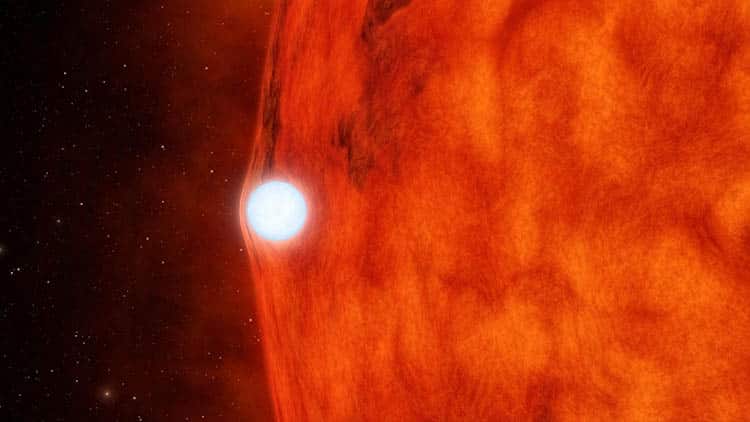
Dead Star Warps Light of Red Giant-This artist concept depicts an ultra-dense dead star, called a white dwarf, passing in front of a red giant. This is a binary system similar to the one about to have a nova, T Corona Borealis. (Photo:NASA/JPL-Caltech)
Last occurring during the Truman presidency, this will be the first time space telescopes exist to capture images of the explosive event.
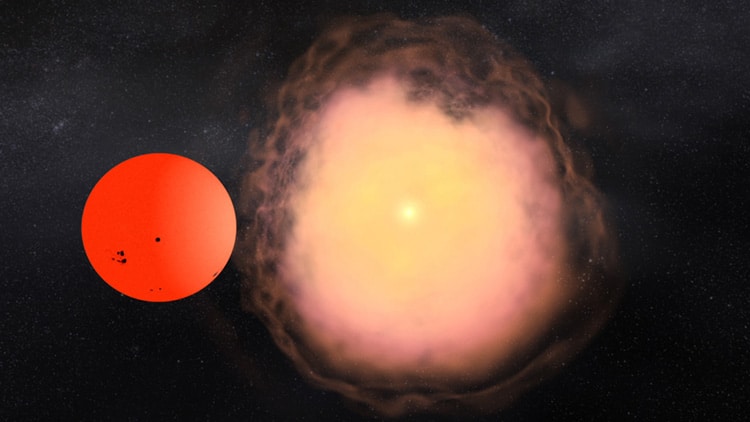
A stunning amount of energy is unleashed when a star goes nova. (Photo: NASA/Goddard)
With more knowledge about novas, we'll get closer to understanding the life cycles of stars.
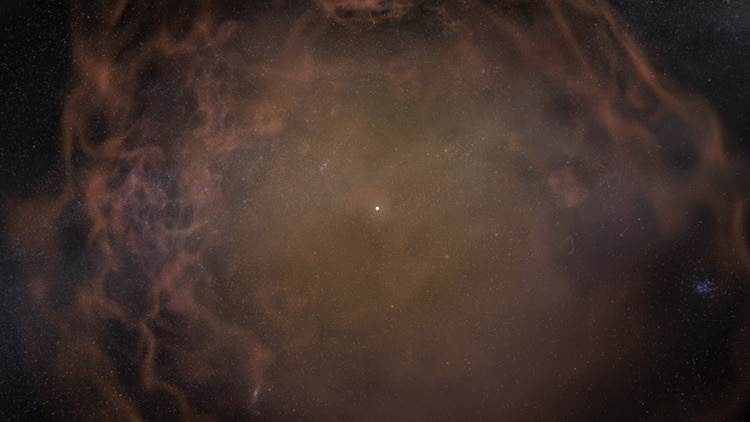
The white dwarf remains intact even though the explosion releases as much energy as our sun emits in 100,000 years.(Photo: NASA/Goddard)

Look up after sunset during summer months to find Hercules! Scan between Vega and Arcturus, near the distinct pattern of Corona Borealis. Once you find its stars, use binoculars or a telescope to hunt down the globular clusters M13 (and a smaller globular cluster M92). If you enjoy your views of these globular clusters, you’re in luck – look for another great globular, M3, in the nearby constellation of Boötes. (Photo: NASA/ Stellarium)
h/t: [IFLScience]
All images via NASA.
Related Articles:
Incredible Sky Map Details Over 900,000 Stars, Galaxies, and Black Holes
ESO Unveils Incredible Photo Revealing How Giant Planets Are Formed
NASA Space Telescope Discovers Its First Starless Rogue Planet
James Webb Space Telescope Captures Earliest and Most Distant Galaxies Known by Scientists














































































